(v12.13.14)
Art, Architecture and Design
This article spotlights a particular building or some other aspect of Columbus design. I welcome your comments, corrections and additions. Please share your experience and perceptions of these uniquely Columbus projects.
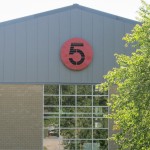 Fire Station #5
Fire Station #5
- Built: 1987
- Address: 100 Goeller Court
- Design Architect: Susanna Torre (The Architectural Studio – NYC)
- Associate Architects: Wank Adams Slavin Associates – NYC
- Partner in Charge: George Gianakopoulos
- Contractor: Repp and Mundt – Columbus, Indiana
Fire Station #5 was added to the Columbus Fire Department because of the growing residential areas within the city limits to the west of Interstate I-65 as well as the increasing business and hotels west of the downtown. There were growing fears that a long or stalled train on the tracks just to the west of the downtown area could prevent quick fire department access to the area.
The station is located on former farmland close to the rapidly growing Tipton Lakes development as well as other subdivisions. The building is located on a small triangular plot (which was donated by the Miller Company, developers of the Tipton Lakes residential area). Architectural design fees were paid by the Cummins Foundation Architectural Program and Susana Torre was the first female architect subsidized by the foundation. The site is bordered by main roads (Goeller Boulevard and Terrace Lake Road) on two sides and on a third by a small spur road.
Susana Torre designed the station in as two interlocking squares, divided laterally: one for the fire apparatus and the other square for people. She refers to this as the “human” side which she subdivides into a public wing and a residential wing. The sleeping quarters are on the upper level with each bedroom having three pull down bunks to accommodation the three shifts. The public wing contains a metal clad tower containing stairs and a fireman’s pole. Each functional area in the public area has a separate outside entrance with all areas having easy access to the apparatus area. The two wings form a courtyard.
The residential portion was designed to be friendly to female firefighters by replacing the traditional dormitory with separate bedrooms. Many fire stations were retrofitted for women by adding a separate sleeping space for them but often in an isolated area away from the main space. The social spaces: kitchen and dining/lounge areas were designed to facilitate collaboration and not to encourage women to play a traditional domestic role in the fire house. Interior walls are concrete block painted white with oak trim used in the kitchen and residential areas.
Her design is a composition of geometric forms in which pitched roofs appear to form a pediment above a cylindrical tower (containing stairs and fireman’s pole). Beside the two-story building sits a tall brick hose drying tower which provides a dramatic focal point for the building. Materials used were steel, metal and beige colored brick. Her design makes understated references to the familiar rural symbols of barns and silos which now are nearly gone from this area but it also makes a sophisticated architectural statement. The contrast between the brick, the metal clad siding and roofing and the exposed structural steel was described by Torre as “meshing juxtaposition”.
Fire Station #5 was opened in April of 1987.
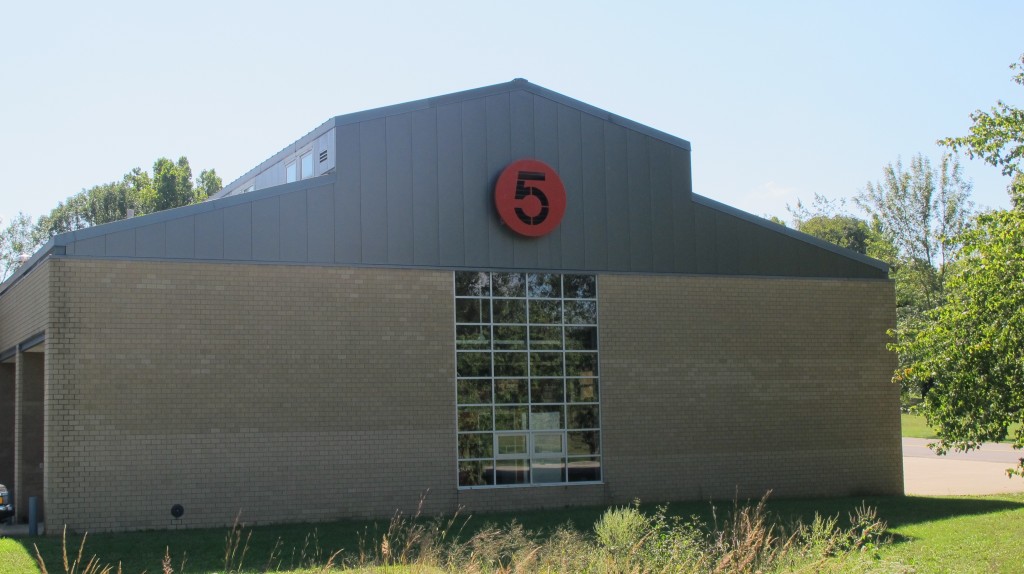 End view facing Goeller Road
End view facing Goeller Road
(photo by Ricky Berkey)
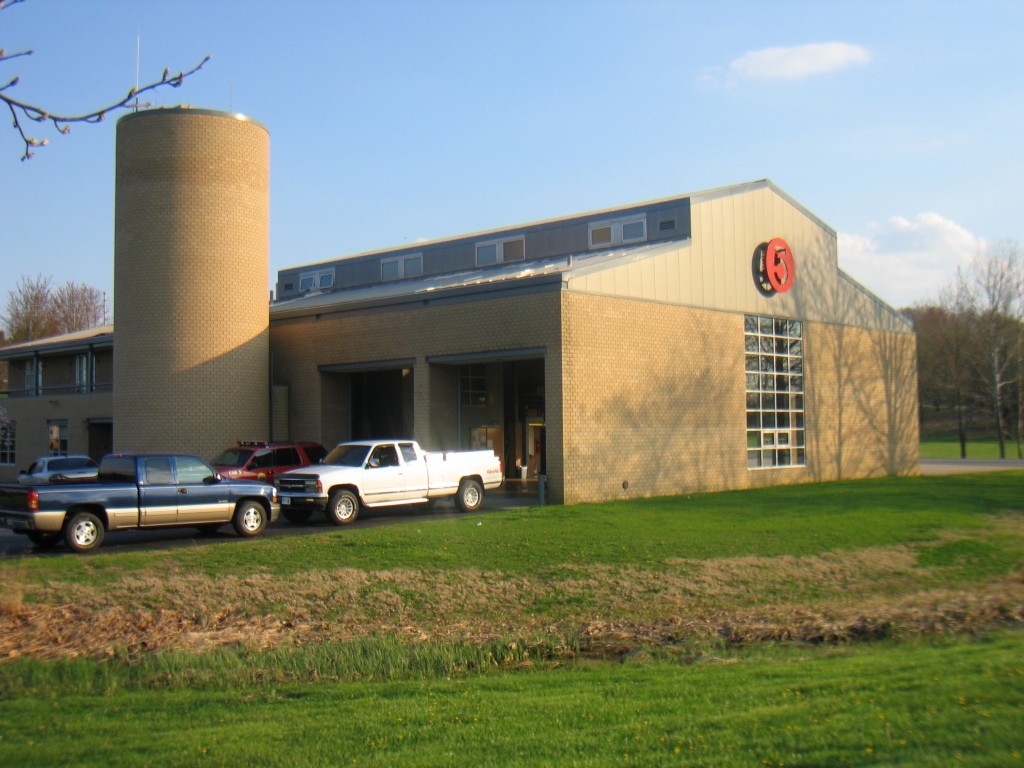 Building shape and hose drying tower are landmarks amidst the residential surroundings.
Building shape and hose drying tower are landmarks amidst the residential surroundings.
(photo by Ricky Berkey)
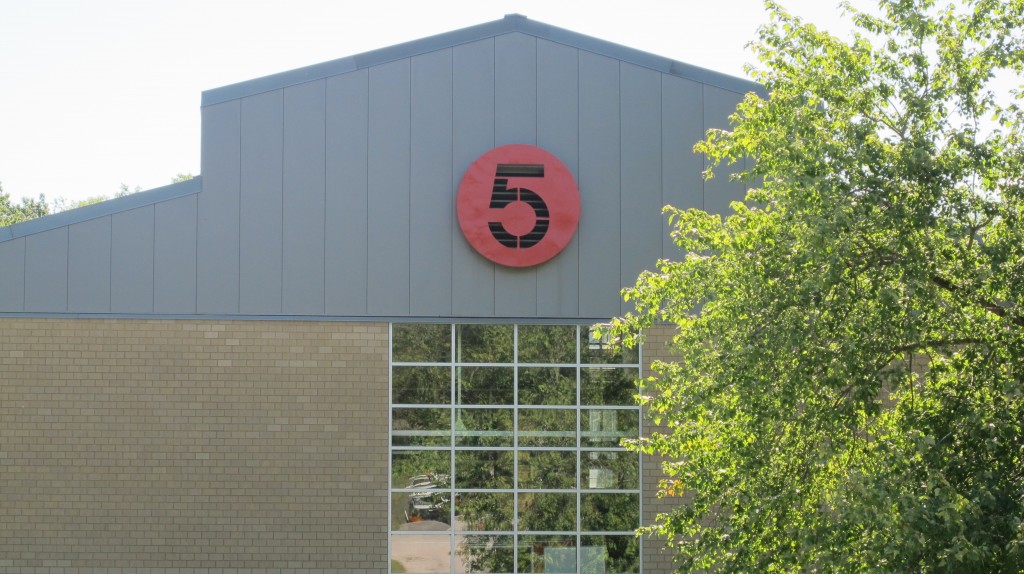 End view facing Goeller Road
End view facing Goeller Road
(photo by Ricky Berkey)
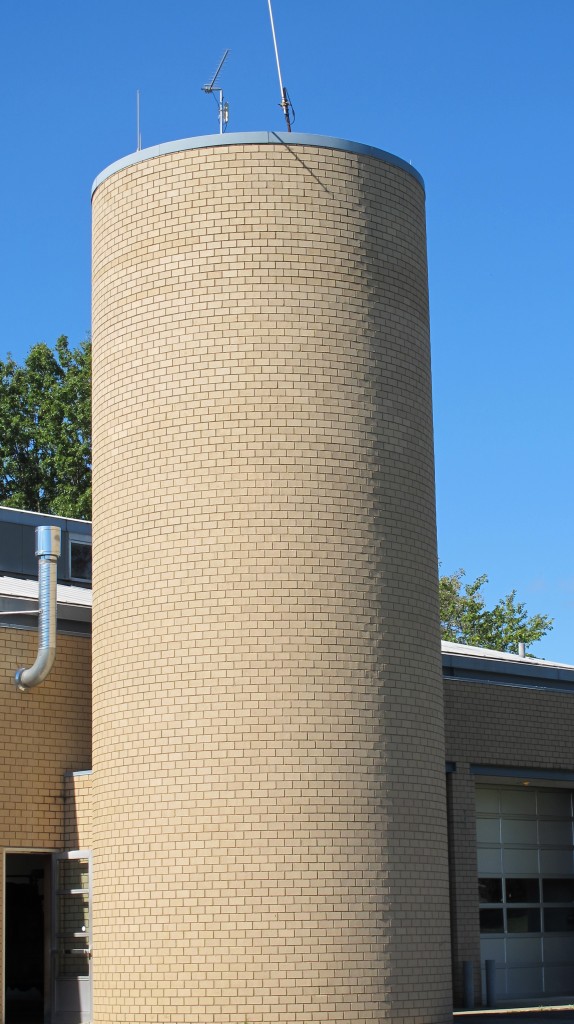 Hose drying tower
Hose drying tower
(photo by Ricky Berkey)
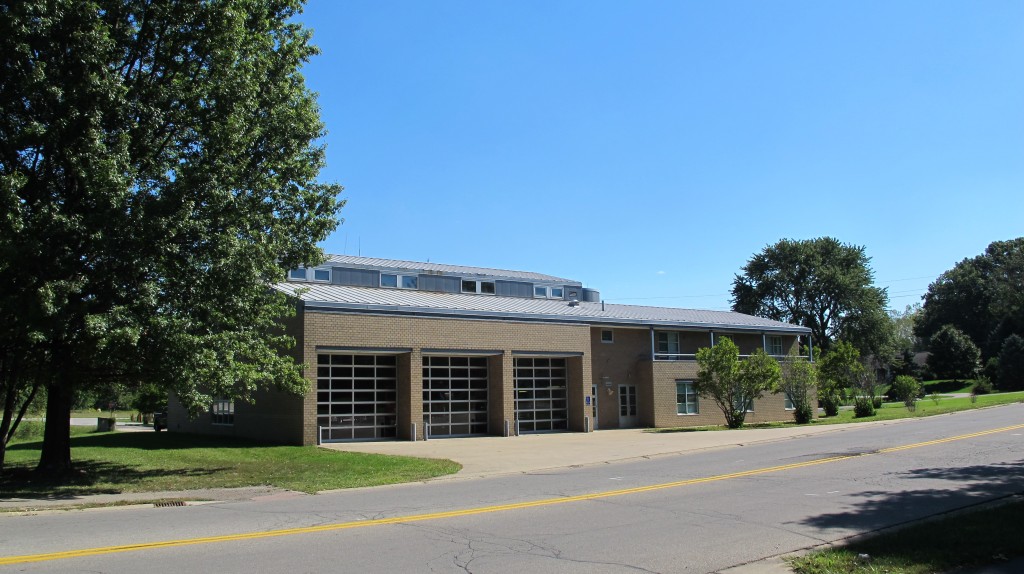 View of apparatus side from across Terrace Lake Road
View of apparatus side from across Terrace Lake Road
(photo by Ricky Berkey)
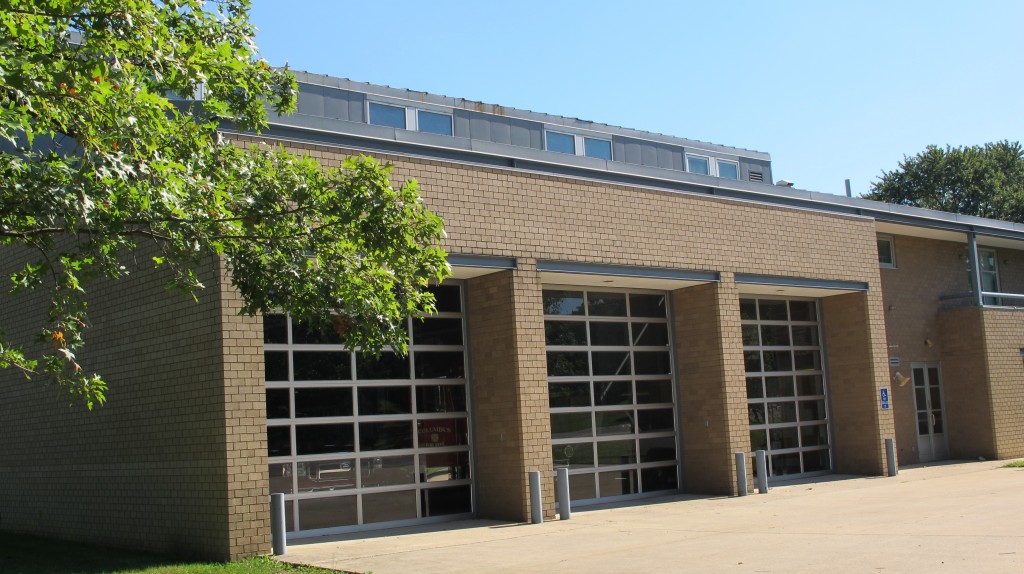 Apparatus bays
Apparatus bays
(photo by Ricky Berkey)
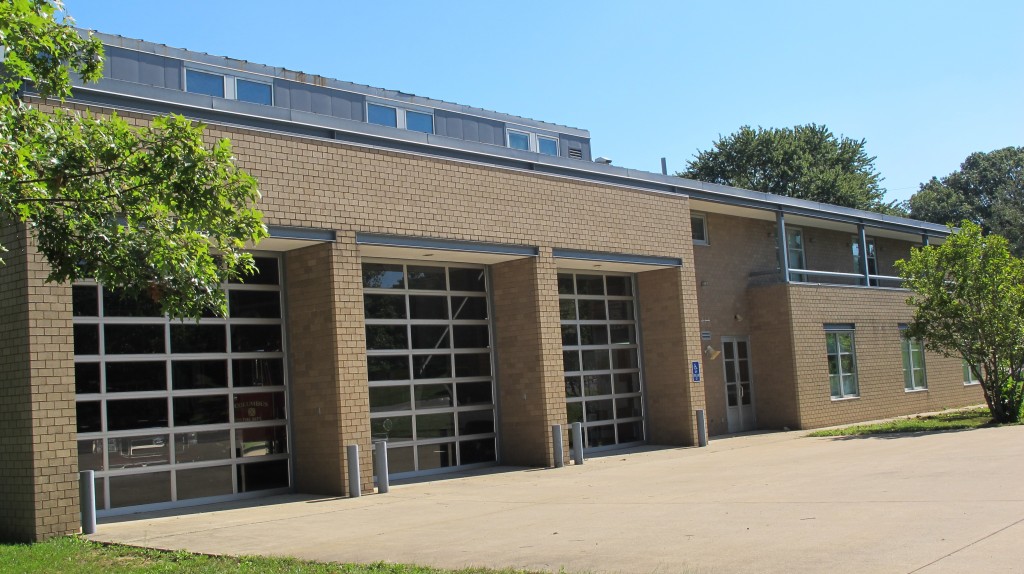 View of apparatus side
View of apparatus side
(photo by Ricky Berkey)
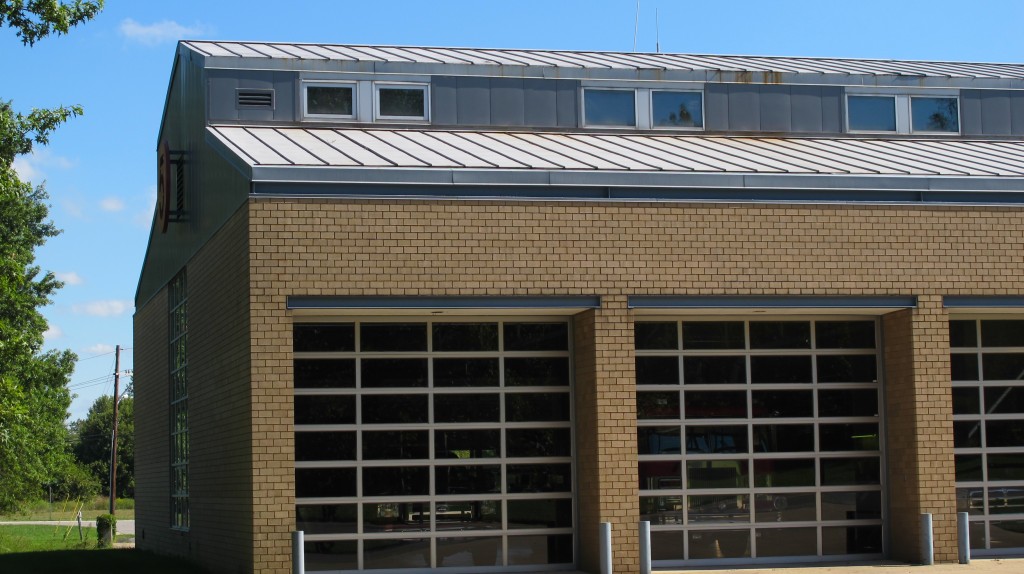 Apparatus bays and roofline
Apparatus bays and roofline
(photo by Ricky Berkey)
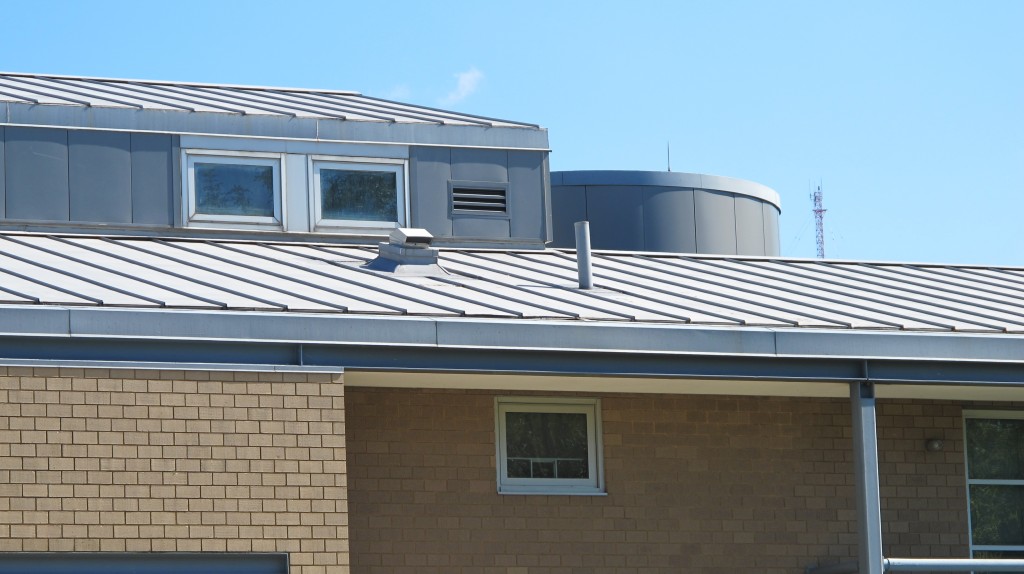 Closeup of roofline from apparatus side
Closeup of roofline from apparatus side
(photo by Ricky Berkey)
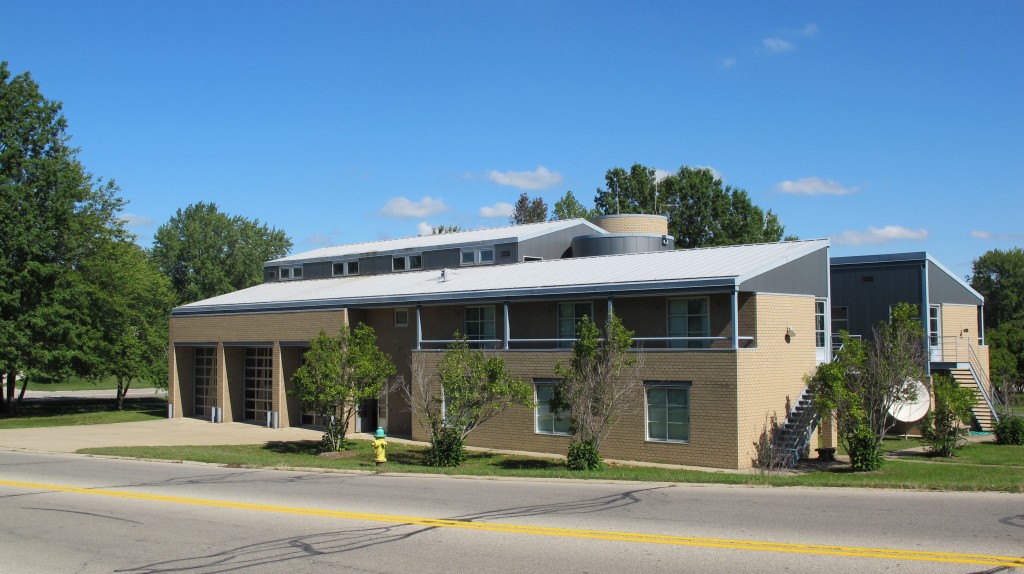 Side view from Terrace Lake Road
Side view from Terrace Lake Road
(photo by Ricky Berkey)
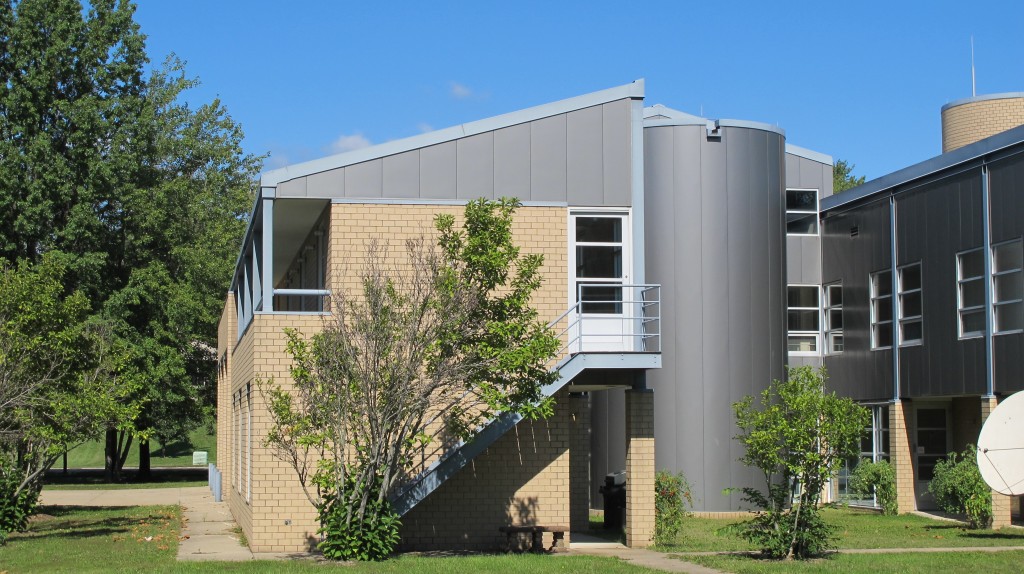 Rear end of building
Rear end of building
(photo by Ricky Berkey)
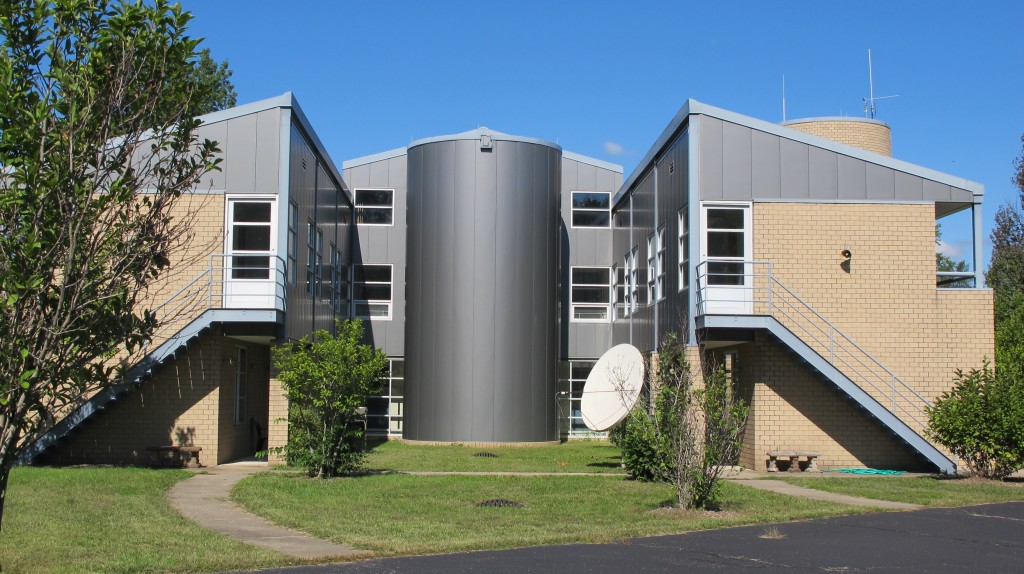 Rear end of building
Rear end of building
(photo by Ricky Berkey)
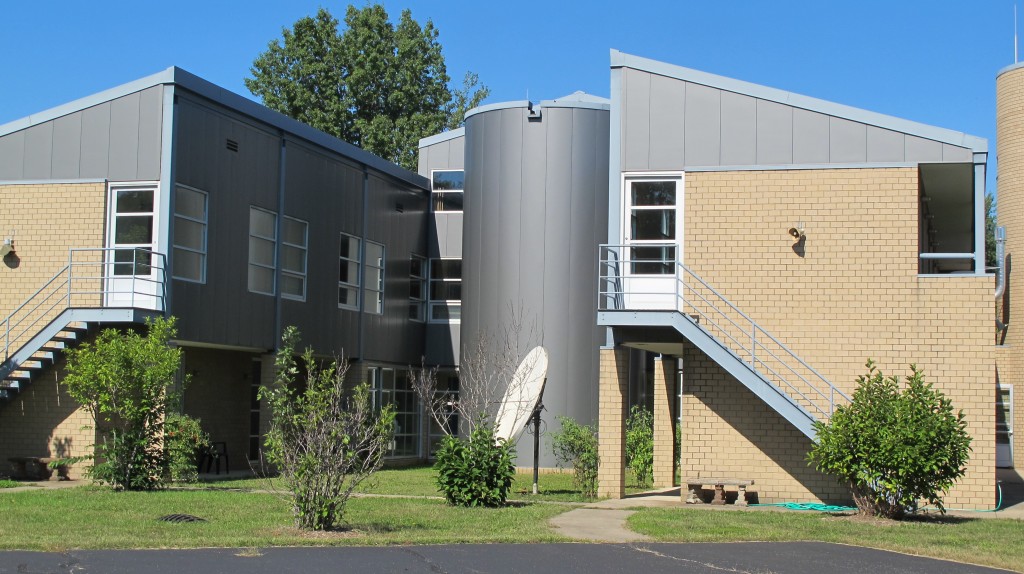 Rear end of building
Rear end of building
(photo by Ricky Berkey)
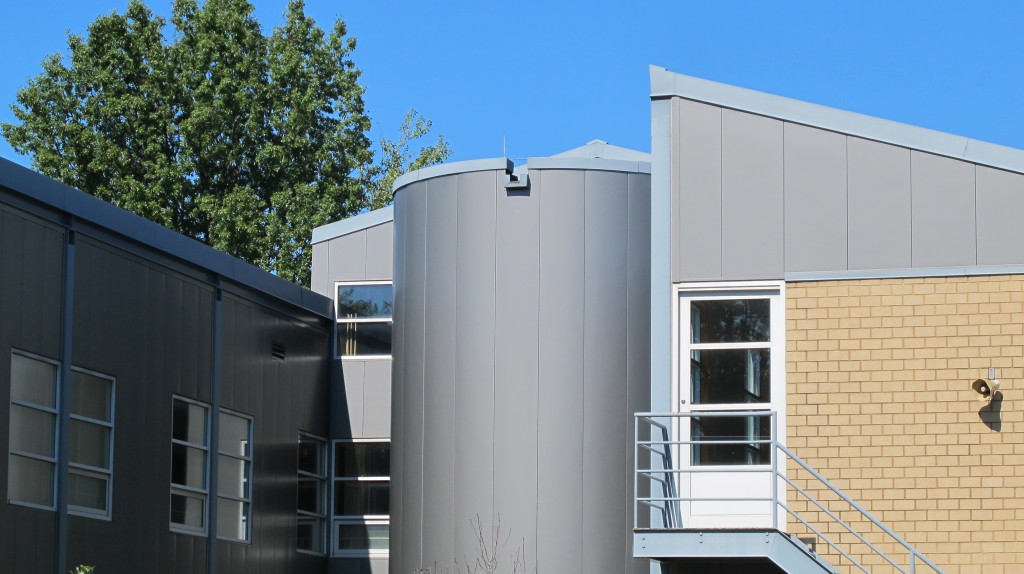 Closeup of Fire Pole tower
Closeup of Fire Pole tower
(photo by Ricky Berkey)
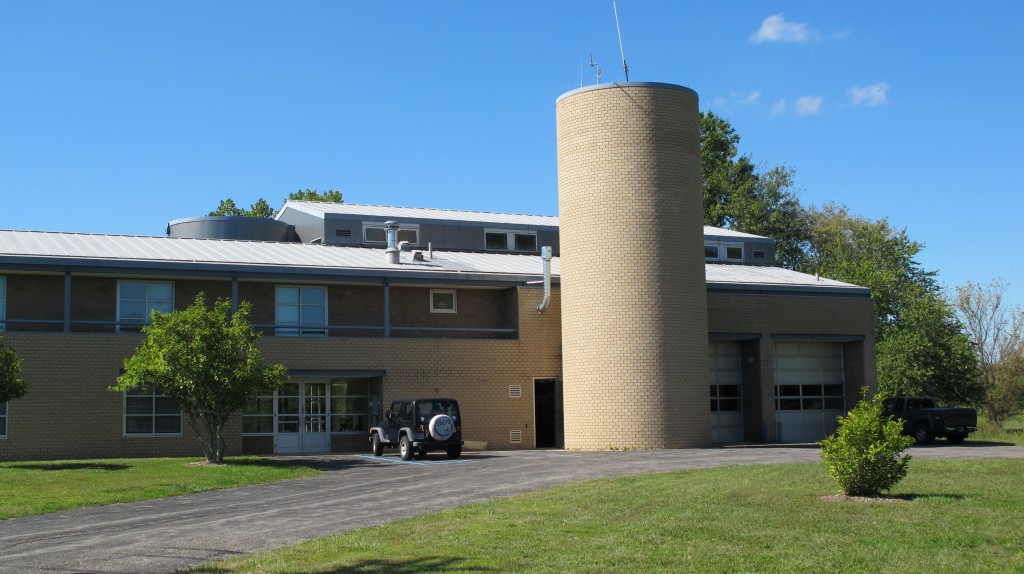 The “human side” of the building
The “human side” of the building
(photo by Ricky Berkey)
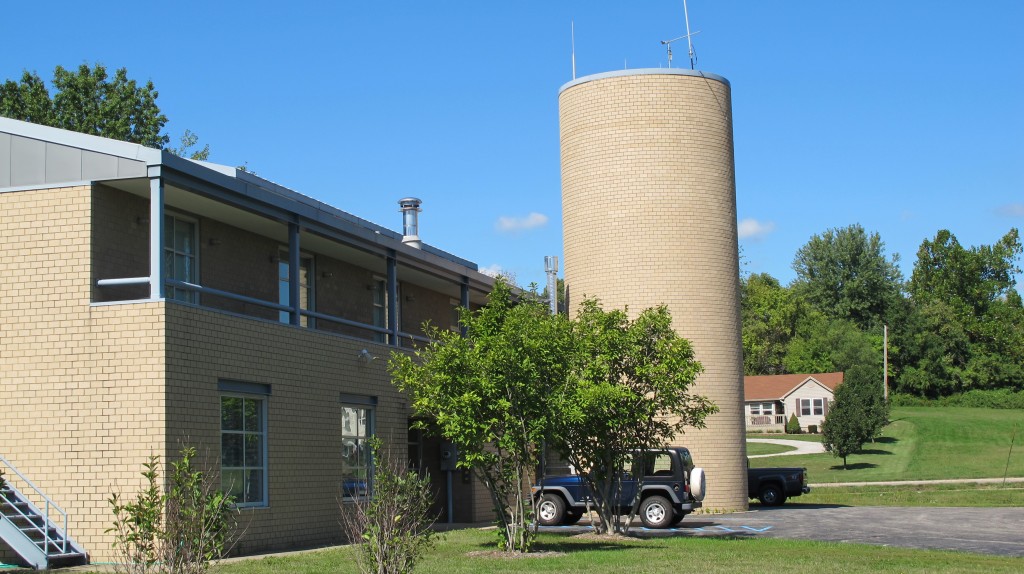 Personnel side and hose drying tower
Personnel side and hose drying tower
(photo by Ricky Berkey)
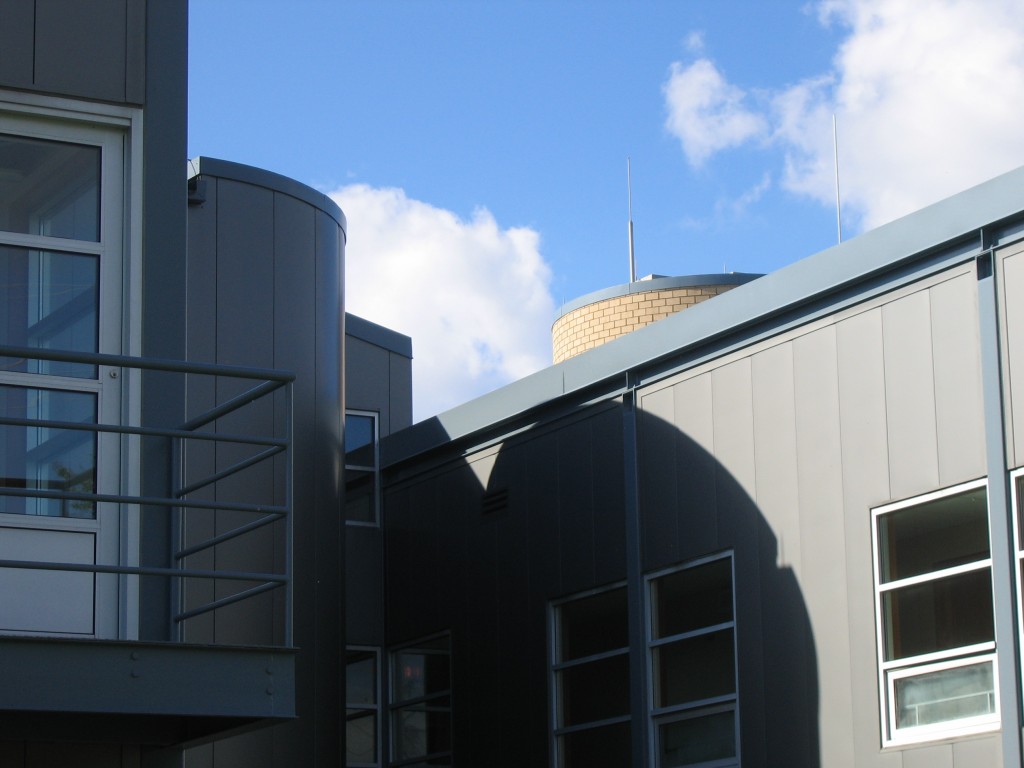 Roofline and both towers
Roofline and both towers
(photo by Ricky Berkey)
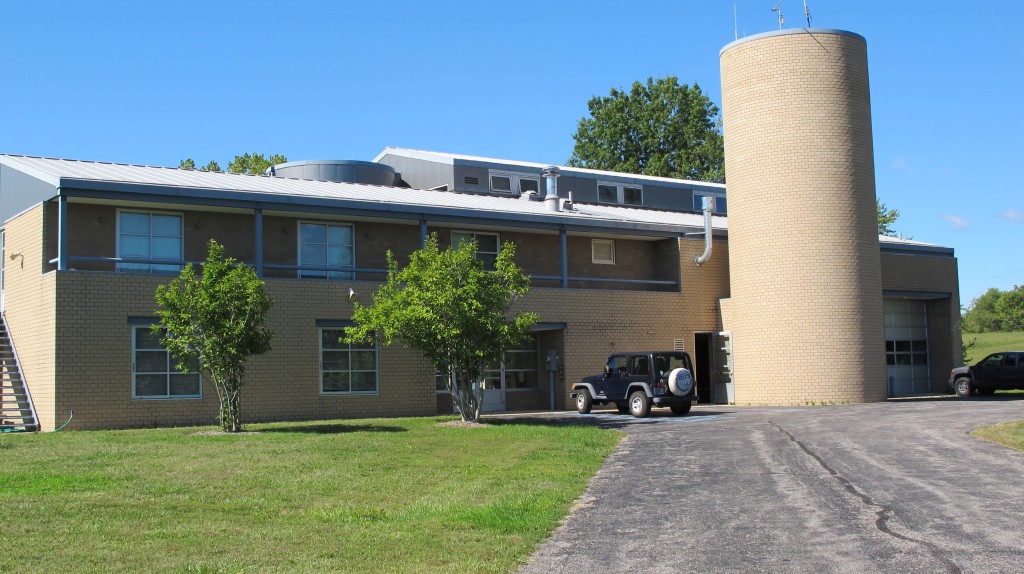 “Human side” of the building
“Human side” of the building
(photo by Ricky Berkey)
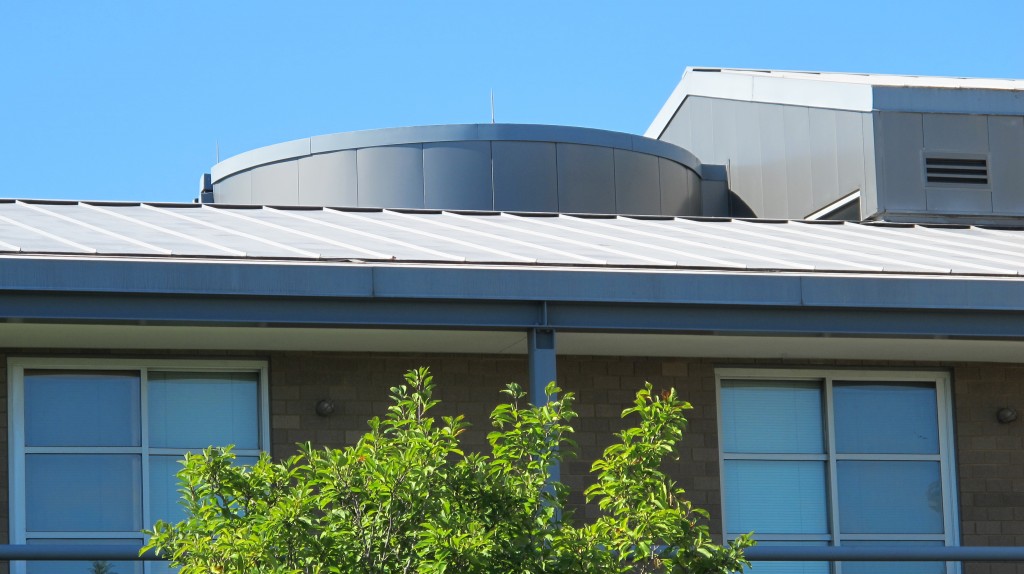 Detail of the roofline and firepole tower from the personnel side
Detail of the roofline and firepole tower from the personnel side
(photo by Ricky Berkey)
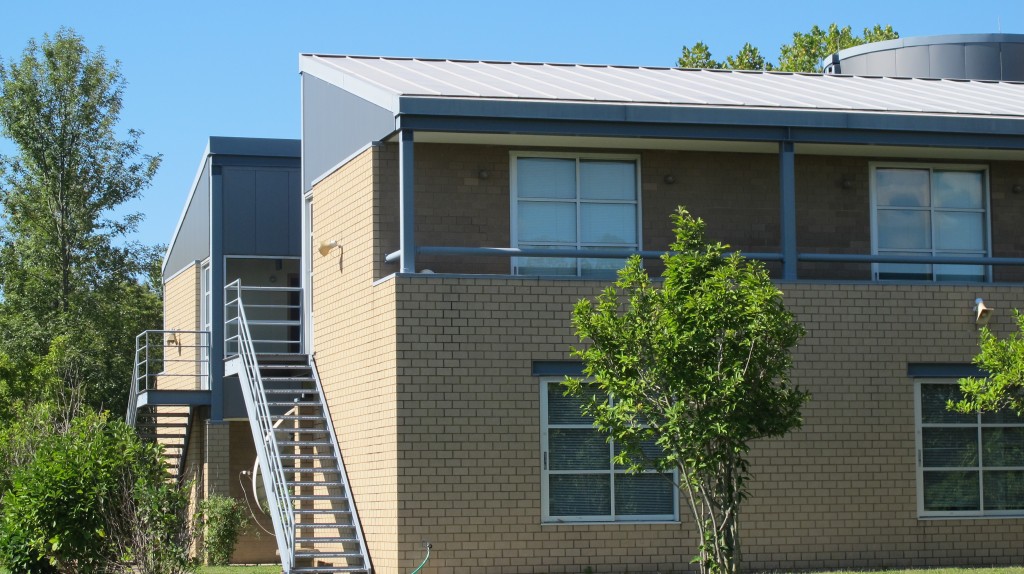 Rear of building
Rear of building
(photo by Ricky Berkey)
The Architect
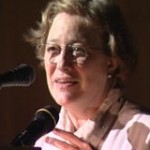 Susanne Torre
Susanne Torre
- Born on November 2nd, 1944 in Puan, Argentina
- University of Buenos Aires (architecture)(1967)
- University of Buenos Aires (urban planning)(1968)
- Columbia University – NYC (1969)
Susana Torre is an Argentina born architect who has lived in the United States since 1968 becoming an American citizen in 1989. She is best known for her urban design work and her many renovations. She served as director of the graduate art program at the Cranbrook Art Academy in 1994-1995. She also headed the architecture and environmental design department at the Parsons School of Design in New York. In addition she was director of the Barnard College Architecture Program and an associate professor at Columbia University. She has served as an adjunct professor or as a visiting critic at several other universities.
She has described herself as a feminist and has worked to improve the visibility and respect for women in architecture through her teaching, writing and her own design work. She has been an advocate for women more fully participating in the architectural field. She was a founding member of the International Archive of Women in Architecture at Virginia Tech, and served on its board from 1985–1995.
During her career as a practicing design architect she was a principal at The Architectural Studio of New York from 1978-1984. She was a partner at Wank Adams Slavin Associates and Torre Beeler Associates during the mid to late 80’s. She led her own firm as Susana Torre and Associates from 1989-1994. Her work as an architect has bridged the boundaries between modernism and post-modernist forms. Her work has been heavily involved with urban planning and renovations of older buildings
Selected Susana Torre Projects
1969: La Plata Apartments – Buenos Aires, Argentina
1979: Old Pension Building (editor’s and graphic designer’s lounges) – Washington, DC
1980: Consulate for the Ivory Coast (interior design) – NYC
1980: Garvey House – Amangansett, NY
1981: Ellis Island Park and Museum master plan proposal – NYC
1982: Clarke House (carriage house renovation) – Southampton, New York
1985: Schermerhorn Hall (renovation/restoration) at Columbia University – NYC
1987: Fire Station Five – Columbus, Indiana
1990: Ironworkers Union Headquarters and Office Building – NYC
Links/References
International Archive of Women in Architecture (IAWA):
City of Columbus: official City of Columbus website
Columbus Indiana Architectural Archives
Columbus Indiana Architecture Digital Archives: A small portion of the Columbus Indiana Architectural Archives available online from the IUPUI digital library
3D Models of Columbus Architecture Executed in Google SketchUp:
The Republic Newspaper – Columbus, Indiana newspaper
Bartholomew County Public Library
Historic Columbus Website – David Sechrest’s tribute to Columbus History
Historic Columbus Message Board – a companion interactive forum to the David Sechrest historical website
Bartholomew County Historical Society
 Click HERE for a Calendar of Upcoming Events in the Columbus Area.
Click HERE for a Calendar of Upcoming Events in the Columbus Area.
Click HERE for information about Tours of Columbus Architecture and Design including the Miller House.
 Ricky Berkey
Ricky Berkey
Email me: rickyberkey@gmail.com
